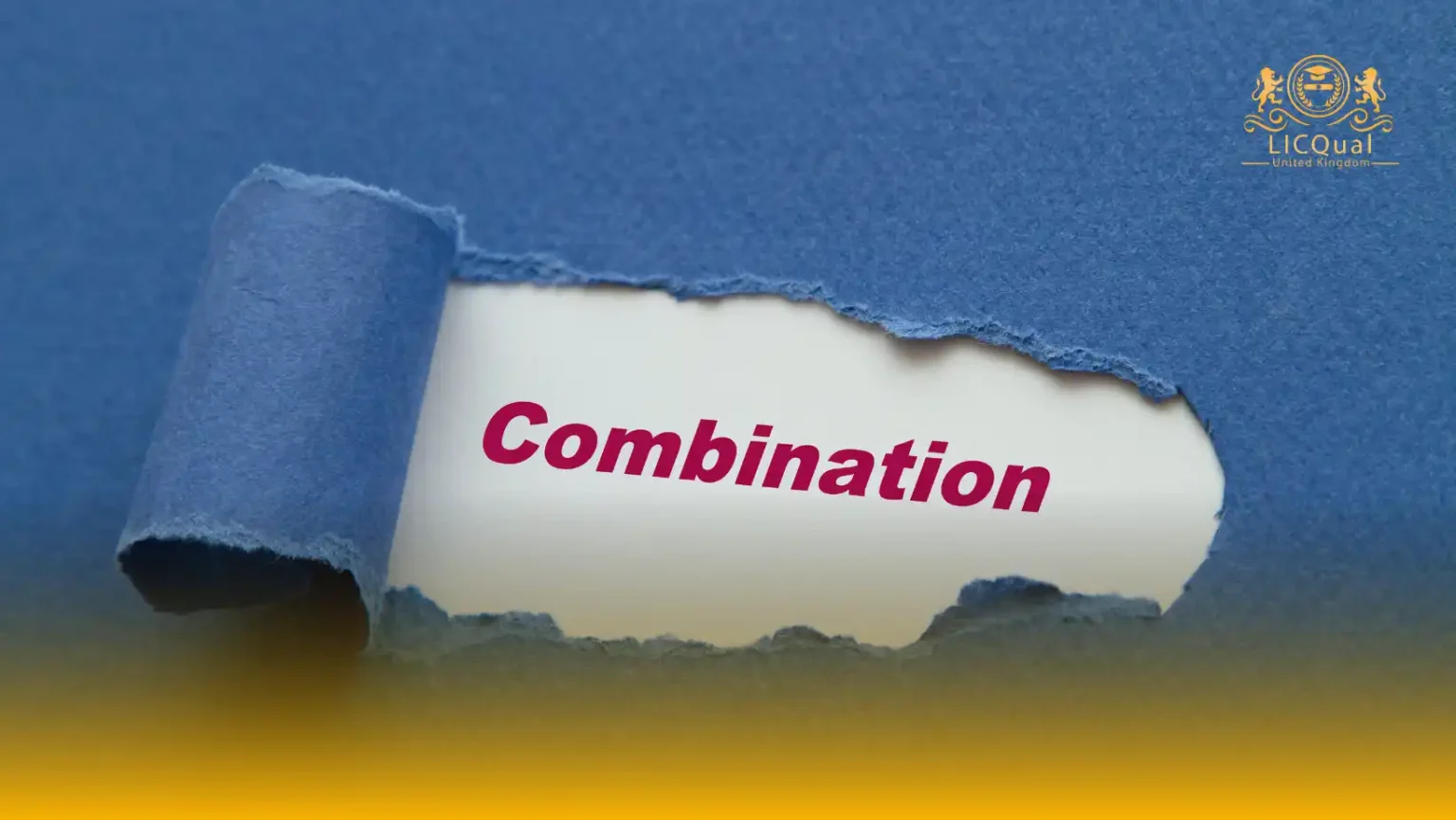The LICQual Combined Level 1 Diploma in Banksman, Slinger & Rigger is a foundational yet comprehensive qualification designed for individuals seeking to enter the field of lifting operations with a strong, multi-role skillset. This internationally accredited program introduces learners to three essential operational roles—Banksman, Slinger, and Rigger—ensuring a well-rounded understanding of the lifting and rigging process from start to finish. Whether you’re new to the industry or aiming to gain formal certification for existing experience, this course offers the perfect entry point.
As industries such as construction, logistics, oil and gas, and maritime increasingly rely on safe and coordinated lifting operations, the demand for trained personnel has never been higher. This diploma is carefully designed to instill essential knowledge, practical skills, and safety awareness that meet international health and safety standards. Participants will gain insight into industry expectations and become familiar with the responsibilities each role entails, including load handling, crane communication, and rigging equipment setup.
The course content focuses on core topics such as hand and radio signaling methods, understanding different types of lifting equipment, basic load calculations, identifying safe working loads (SWLs), and proper use of slings, shackles, and rigging hardware. Additionally, learners will explore site safety procedures, teamwork during lifting operations, and how to interpret basic lift plans. The goal is to prepare learners for real-world job sites where precision, safety, and communication are critical.
What sets this diploma apart is its blend of theoretical instruction with hands-on, practical training. Learners will actively engage in simulations and real-time exercises that mimic actual lifting environments, allowing them to apply their knowledge under supervised conditions. This interactive approach not only builds confidence but ensures that learners are job-ready from day one.
Upon successful completion, candidates will be awarded the LICQual Combined Level 1 Diploma in Banksman, Slinger & Rigger, an internationally recognized credential that demonstrates a professional commitment to safety and operational excellence. This diploma serves as a strong foundation for further learning and career advancement, providing a stepping stone toward higher-level qualifications and more specialized roles within the lifting and rigging field.
Whether you are starting your journey in the lifting industry or formalizing your hands-on experience, the LICQual Combined Level 1 Diploma in Banksman, Slinger & Rigger delivers the training, recognition, and confidence needed to thrive in high-demand sectors worldwide. Gain the skills that employers value and build a career rooted in safety, precision, and professionalism.
Course Overview
Qualification Title
LICQual Combined Level 1 Diploma in Banksman, Slinger & Rigger
Total Units
6
Total Credits
24
GLH
60
Qualification #
LICQ2200210
Qualification Specification
To enroll in the LICQual Combined Level 1 Diploma in Banksman, Slinger & Rigger, pplicants must meet the following criteria:
|
Qualification# |
Unit Title |
Credits |
GLH |
|---|---|---|---|
|
LICQ2200210-1 |
Introduction to Banksman, Slinger & Rigger Roles |
4 |
10 |
|
LICQ2200210-2 |
Basic Health and Safety Regulations |
4 |
10 |
|
LICQ2200210-3 |
Communication Skills in Lifting Operations |
4 |
10 |
|
LICQ2200210-4 |
Operating Lifting Equipment and Slings |
4 |
10 |
|
LICQ2200210-5 |
Practical Application of Lifting Operations |
4 |
10 |
|
LICQ2200210-6 |
Risk Management in Lifting Operations |
4 |
10 |
By the end of this course, learners will be able to:
- Introduction to Banksman, Slinger & Rigger Roles
- Understand the roles and responsibilities of a banksman, slinger, and rigger in lifting operations.
- Demonstrate the key skills required for each role and how they contribute to the safe and efficient completion of lifting tasks.
- Identify the different types of lifting operations and the equipment commonly used in each.
- Basic Health and Safety Regulations
- Comprehend fundamental health and safety regulations related to lifting operations.
- Identify common hazards associated with lifting tasks and apply safety measures to mitigate risks.
- Understand the importance of personal protective equipment (PPE) and safe working practices in maintaining a safe working environment.
- Communication Skills in Lifting Operations
- Demonstrate effective communication techniques, both verbal and non-verbal, used in lifting operations.
- Understand the importance of clear and precise communication in coordinating teams during lifting tasks.
- Apply communication skills to prevent accidents and ensure smooth coordination between banksmen, riggers, and other personnel.
- Operating Lifting Equipment and Slings
- Learn the proper use of lifting equipment and slings in various lifting operations.
- Understand the correct procedures for inspecting and selecting lifting equipment and slings.
- Demonstrate the safe handling of lifting equipment and slings during practical operations.
- Practical Application of Lifting Operations
- Apply theoretical knowledge to practical lifting tasks under supervision.
- Gain hands-on experience in coordinating lifting operations, including the correct use of equipment and safety protocols.
- Evaluate the safety and efficiency of lifting operations through practical assessments and exercises.
- Risk Management in Lifting Operations
- Conduct basic risk assessments to identify potential hazards in lifting operations.
- Implement strategies to manage and minimize identified risks during lifting tasks.
- Understand the importance of continuous monitoring and adjusting risk management plans to ensure ongoing safety throughout lifting operations.
This diploma is ideal for:
Assessment and Verification
All units within this qualification are subject to internal assessment by the approved centre and external verification by LICQual. The qualification follows a criterion-referenced assessment approach, ensuring that learners meet all specified learning outcomes.
To achieve a ‘Pass’ in any unit, learners must provide valid, sufficient, and authentic evidence demonstrating their attainment of all learning outcomes and compliance with the prescribed assessment criteria. The Assessor is responsible for evaluating the evidence and determining whether the learner has successfully met the required standards.
Assessors must maintain a clear and comprehensive audit trail, documenting the basis for their assessment decisions to ensure transparency, consistency, and compliance with quality assurance requirements.







